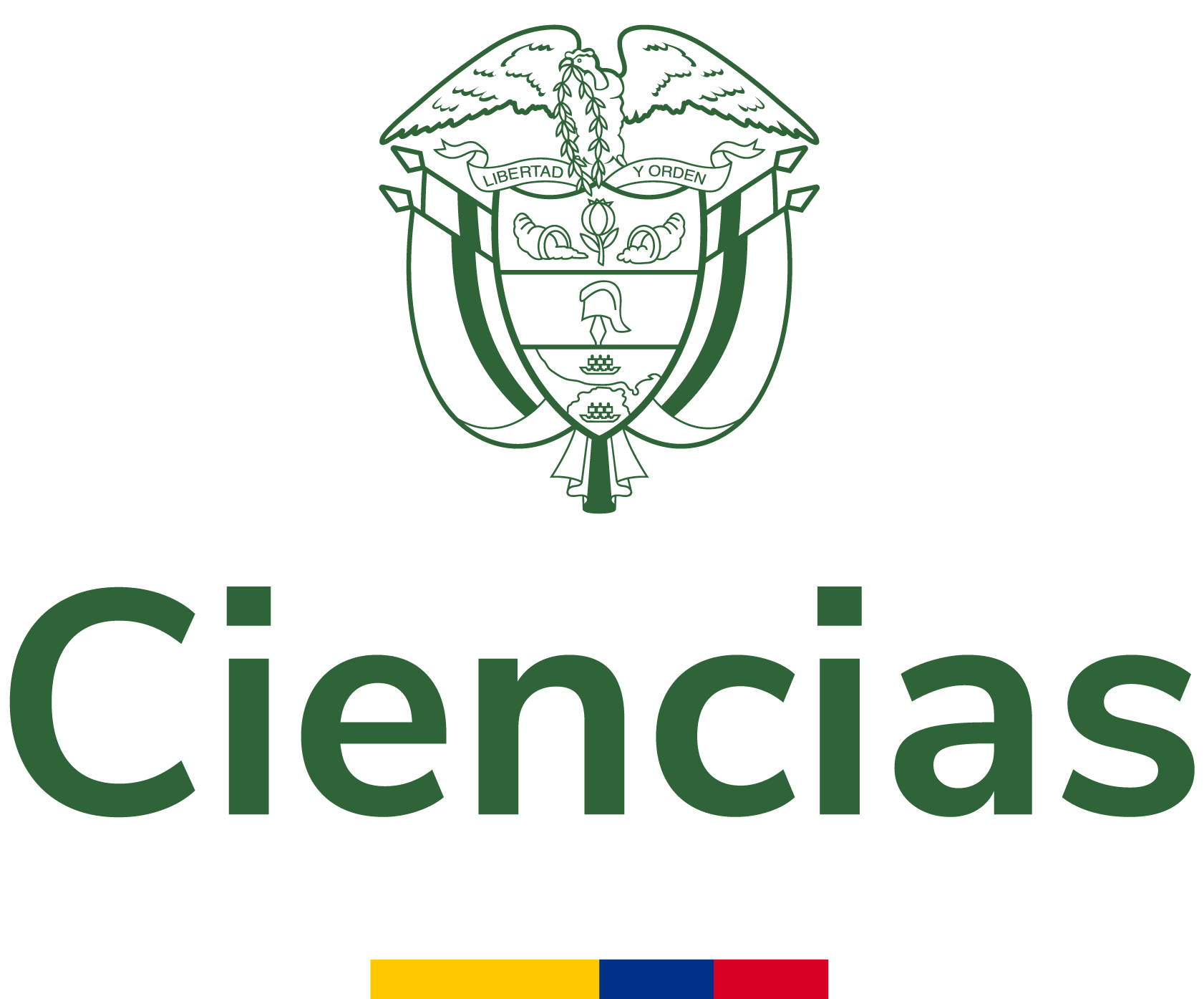Tevecentros network of secondary schools in the Dominican Republic, successful and abandoned
Objective: This academic article aims to describe the results of the network of Educational Television Centers for the Middle Level (Tevecentros) in the Dominican Republic based on the scores achieved by students in national tests. Originality/contribution: The network successfully responded to the...
- Autores:
- Tipo de recurso:
- http://purl.org/coar/resource_type/c_6837
- Fecha de publicación:
- 2022
- Institución:
- Universidad Pedagógica y Tecnológica de Colombia
- Repositorio:
- RiUPTC: Repositorio Institucional UPTC
- Idioma:
- spa
- OAI Identifier:
- oai:repositorio.uptc.edu.co:001/14966
- Acceso en línea:
- https://revistas.uptc.edu.co/index.php/historia_educacion_latinamerican/article/view/14345
https://repositorio.uptc.edu.co/handle/001/14966
- Palabra clave:
- Secondary education
educational model
learning
educational television
rural education
Enseñanza secundaria
modelo educativo
aprendizaje
televisión educativa
educación rural
Ensino médio
modelo educacional
aprendendo
televisão educativa
educação rural
- Rights
- License
- Copyright (c) 2022 Revista Historia de la Educación Latinoamericana
| Summary: | Objective: This academic article aims to describe the results of the network of Educational Television Centers for the Middle Level (Tevecentros) in the Dominican Republic based on the scores achieved by students in national tests. Originality/contribution: The network successfully responded to the lack of places and the low quality of secondary education for poor young people in rural communities, a regional malady, and despite its success it was neglected and abandoned. Studying its sense of opportunity and relevance is an original and relevant contribution. Method: There was a review of numerous documents and available literature, deductively, abundant accumulated experiences, direct and indirect, were identified and systematized; then, inductively, critical analysis and reflections were made on the impact and results of the referred program, which, like others, was one of the country's efforts in education since the mid-1990s. Strategies/information collection: As part of the strategy followed, the main problems of secondary education in the region, milestones of non-presential and semi-presential education and the historical series of national test scores of the Dominican Republic as an indicator of learning were studied. Conclusions: It was concluded in that it improved the quota and student learning outcomes were positive, so the model should have been strengthened and replicated as a strategic secondary education solution for the Dominican rural area; instead, it was neglected and abandoned. |
|---|






